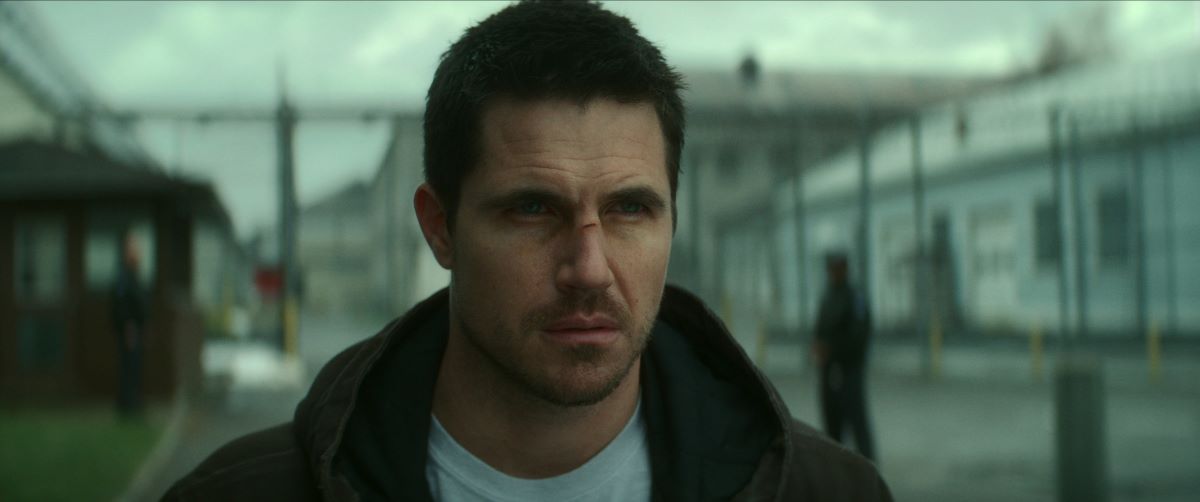Code 8: Part II, the sequel to Jeff Chan’s 2020 sci-fi action film “Code 8,” is now available for streaming on Netflix. Despite the initial film’s release flying mostly under the radar, its timely themes and critique of a militarized police state have found renewed relevance in the current era of surveillance.
Set five years after the original movie, “Code 8: Part II” follows Connor (played by Robbie Amell), a recently released ex-convict, and Garrett (played by Stephen Amell), a drug kingpin. Both characters possess superpowers and belong to the 4% of Lincoln City’s population labeled as “Powers.” These individuals face discrimination, poverty, and intense policing.
The narrative explores how the marginalized Powers are forced into a life of crime or concealment of their abilities to survive. Their powers are also exploited to produce a drug called Psyke, leading to trafficking and corruption involving law enforcement.
The sequel delves deeper into police corruption through Sergeant “King” Kingston (played by Alex Mallari Jr.), who introduces robotic K9 units to replace the violent “Guardians” from the previous film. However, when one of these units kills a member of Garrett’s crew, it becomes evident that they can be manipulated by human officers to commit violence.
Connor and Garrett join forces to protect Pavani (played by Sirena Gulamgaus), a young transducer who exposes the lies surrounding the K9 units. As they navigate through twists and turns, including Garrett’s conflicting allegiances, questions arise about the nature of the police system—is it merely corrupted by a few individuals, or is it inherently flawed?
While the sequel maintains the visually immersive world-building of the original, the plot feels less cohesive, possibly due to multiple writers. Action sequences remain entertaining, with impressive performances from both Amells. However, character development suffers, as the film prioritizes advancing the plot over exploring the protagonists’ personal struggles.
Despite its attempts to critique the police state and copaganda, the film’s conclusion relies on an optimistic view of systemic reform—an outcome that feels unrealistic given current realities. Nevertheless, perhaps this hopeful speculation offers a necessary escape amidst uncertain times.


